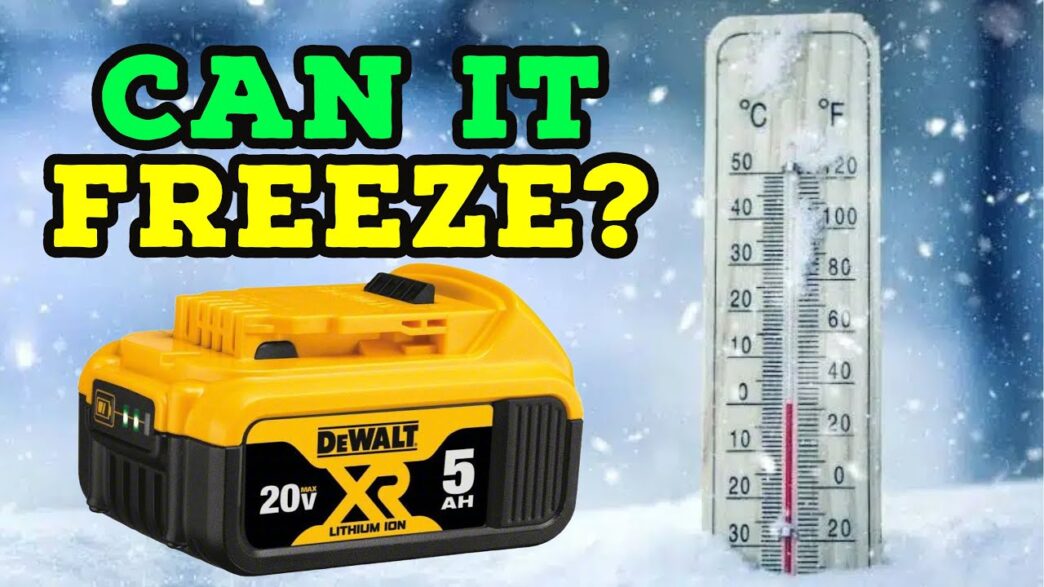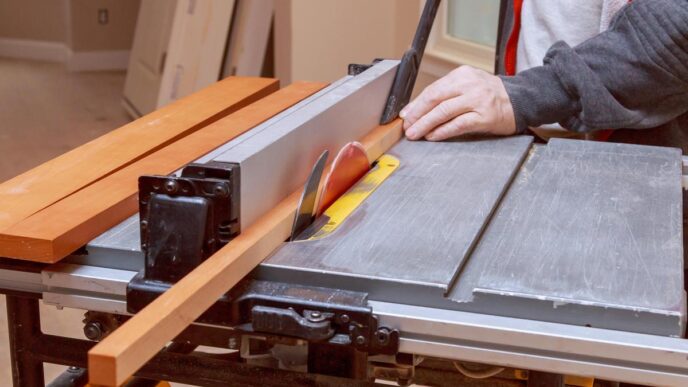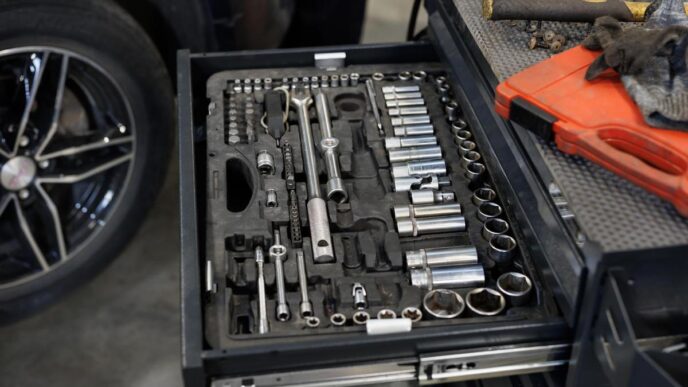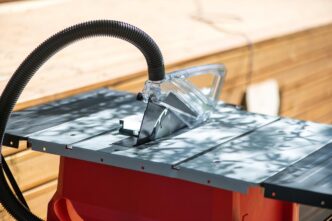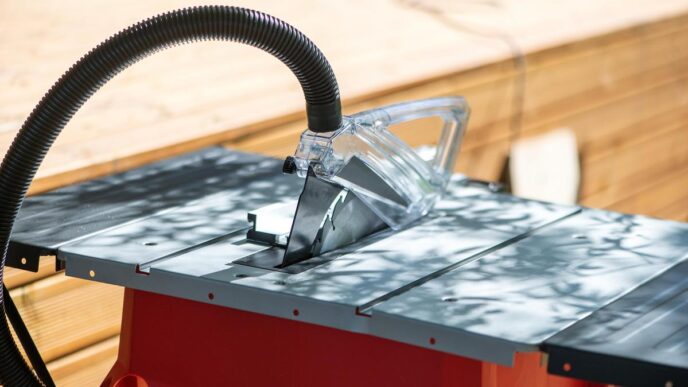Key Takeaways:
- Lithium-ion batteries don’t freeze solid but lose efficiency below -22°F.
- Signs of “freezing” include the battery not charging, discharging quickly, bulging, or leaking.
- Cold slows battery chemical reactions, affecting performance and longevity.
- Documented cases exist where batteries stop working in extreme cold but recover when warmed.
- Precautions: Avoid charging/use when frozen; warm to room temp safely before use.
- Freezing can lead to internal damage, short-circuits, and potential fire hazards.
- Prevent freezing by storing batteries in a warm place; wrap in insulating materials.
- Charge between 60°F and 80°F to prevent damage.
- Best practices involve maintaining a moderate environment and gradual warming before use.
Can lithium-ion batteries freeze in cold weather? This question often puzzles people living in frosty regions. As temperatures drop, the performance of these batteries can be affected. But what exactly happens when the cold bites? Do they freeze, stop working, or lose power? Understanding the effects of frigid conditions on lithium-ion batteries will help you use them safely and effectively, even in winter’s grip. Let’s explore the facts together!
Can Lithium-Ion Batteries Freeze in Cold Weather?
Lithium-ion batteries can freeze, but not like water does. When the temperature drops, batteries act differently. So, what exactly happens? To start, let’s talk about freezing. The freezing point isn’t just about turning into ice. Instead, it means the battery’s inside chemicals stop working well below -22°F. This makes it hard for the battery to give power.
What are the signs that a lithium-ion battery has frozen?
When a lithium-ion battery freezes, it gives you hints. The battery might not charge at all or discharge fast. Also, you might notice it bulges or leaks. These signs mean it’s time to act. Real-life examples of lithium battery freezing incidents show bulging cases or leaking fluid. Battery makers say a no-charge or fast-drain battery means it is frozen.
How does below freezing affect lithium-ion battery functionality?
Below freezing, a lithium-ion battery’s ability to work drops. Its power flow slows, and it doesn’t last as long. In extreme cold, the battery can stop working until it warms back up. This limits when you can use it, especially on cold nights. This is because cold slows the battery’s chemical reactions.
Are there any documented cases of lithium-ion batteries freezing?
There are stories of lithium-ion batteries freezing, mostly from real-world cold tests. One tale comes from a tester who left a battery out in -27°F. It worked again after warming slowly. Yet, frequent freezing can cause long-term damage. The battery’s lifespan takes a hit when it freezes and thaws too often.
For your batteries, consider what Battle Born Batteries say. They explain that freezing can harm and even ruin lithium-ion batteries. Keeping batteries in a moderate climate helps them work well longer and stay safe.
How Do Temperature Extremes Impact Lithium-Ion Battery Performance?
Can cold weather freeze lithium-ion batteries? Not quite. But, freezing temperatures do affect their performance. These batteries, inside our gadgets and tools, do not freeze solid like water. Instead, cold makes them less efficient. Energy flow slows, reducing the power your devices can give. Below freezing, you might even struggle to use some tools.
What are the short-term effects of freezing temperatures?
When temperatures dip below 32°F, lithium-ion batteries struggle to perform. They have less voltage and last shorter. You may notice your phone dying quicker or tools losing power faster. In my experience, this is due to the thickened electrolyte inside, which hinders the flow of ions essential for power.
How does long-term exposure to cold affect lithium batteries?
Extended cold affects battery life over time. It’s like how rubber bands lose stretch when frozen and thawed repeatedly. The cycle damages the battery’s ability to hold and deliver energy, wearing it down faster. Your once-reliable battery becomes less dependable. Be careful, as ignoring this can lead to needing a replacement sooner.
How resilient are lithium-ion batteries in extremely cold environments?
High-quality lithium-batteries are pretty tough. Some endure temperatures as low as -5°F without major harm. According to Golden Mate Energy, even -27°F couldn’t stop a Flex battery. However, don’t rush to use batteries right out of the cold. They need to warm up slowly to prevent any hidden long-term damage. Lower-quality brands might not bounce back as strong, so they need more care in icy conditions.
Batteries perform best between 60°F and 80°F. Keep them there for top performance and longer life. And remember, always charge them at safe temperatures to avoid risking damage.
What Safety Concerns Arise When Lithium-Ion Batteries Freeze?
When lithium-ion batteries freeze, certain safety concerns become quite serious. Freezing impacts battery function and safety, so it’s key to handle them with care.
What precautions should be taken to handle frozen batteries safely?
Assessing risk is crucial when managing frozen batteries. The SQuAD method indicates that you should not charge or use a frozen battery immediately. Instead, safely warm it up to room temperature. Letting it warm up slowly reduces risks of sudden failure.
What are the potential risks and failure modes associated with freezing?
Battery freezing leads to electrolyte freezing, causing internal damage. The SQuAD method identifies risks of capacity drop, short-circuit, and even fire. Electrodes can expand and crack, leading to failure. Be attentive: physical cracks or bulges indicate damage.
How serious is the threat of damage from frozen batteries?
Damage from frozen lithium batteries is very serious. The SQuAD method strongly suggests that ignoring these damages can lead to major hazards. Using or charging a damaged battery poses risks of explosion or leaks. Always check for changes in size or shape before attempting any use.
For more on handling and storage explore further. Understanding safety risks and taking timely precautions helps safeguard both battery and user. Always handle batteries following these important safety protocols to avoid any incidents.
How Can You Prevent Lithium-Ion Battery Damage During Winter?
What are effective storage methods for cold climates?
Store lithium-ion batteries in a warm place, away from the cold. Use special storage containers that trap heat to keep them safe in cold weather. High-quality batteries can handle cold better but keep them above -5°F for best results.
How do you properly thaw a frozen lithium-ion battery?
Thaw a frozen battery slowly at room temperature to avoid harm. Never use heaters or direct heat. These can cause damage. Let the battery warm up for a few hours before use. Gradual warming is the safest method.
What insulation techniques can enhance battery protection against freezing?
Wrap lithium-ion batteries in insulating materials like foam or thermal wraps. These materials trap warmth and prevent freezing. For better results, use insulation techniques designed for electronics. Keeping the battery close to warm items also helps keep it from freezing.
Cold impacts battery performance, but careful handling can prevent damage. Plan storage and warming steps to keep your batteries safe and ready to use.
What Are the Best Practices for Charging Lithium-Ion Batteries in Cold Weather?
Using lithium-ion batteries in cold weather is tricky. Their performance stinks when it’s chilly. Charging these batteries when it’s too cold can damage them. So, stick to charging in mild temps, between 60°F and 80°F.
What are the risks of charging batteries in subzero temperatures?
Charging lithium-ion batteries in cold temps is dangerous. They can suffer permanent harm. In low temperatures, ions in batteries move slower. This can lead to short circuits and reduce their lifespan.
Want to keep your batteries safe? Charge them indoors at room temperature. Protect them from any quick temperature changes.
How can you optimize battery life during colder months?
To get the best from your batteries in winter, follow a few steps. Keep them in a cozy place when not in use. This prevents them from getting too cold. You may not need to bring them inside every time, but protect them from extreme chill.
Don’t let batteries run out completely. Keeping them partly charged helps in cold weather. Warm them up gradually before use. Avoid heaters or direct heat as it can damage them.
What are the recommended procedures for winter battery maintenance?
Maintaining batteries in winter involves smart storage and use. Quality batteries can handle temperatures down to -5°F. However, keep low-quality, no-name batteries out of harsh cold.
Store batteries in a dry and cool place. Insulate if needed to prevent cold air from reaching them directly. Warming them up slowly is key.
For more best practices, remember to charge in mild temperatures. This guarantees the batteries stay safe and function well. Regular checks can help catch any issues early. Follow these steps to keep batteries efficient during the cold winter months.
Conclusion
Freezing can damage lithium-ion batteries, impacting safety and performance. Extreme cold reduces battery function and lifespan, and handling frozen batteries poses risks. To safeguard your batteries, store them properly, avoid charging in freezing conditions, and use insulation. Knowing the signs of a frozen battery and understanding recovery methods can prevent costly repairs. Use these best practices to keep your tools ready, even in winter. Remember, careful handling and storage extend battery life, saving you time and money. Stay informed, stay safe, and enjoy your DIY projects all year long!

